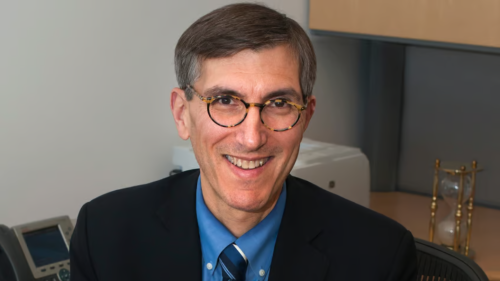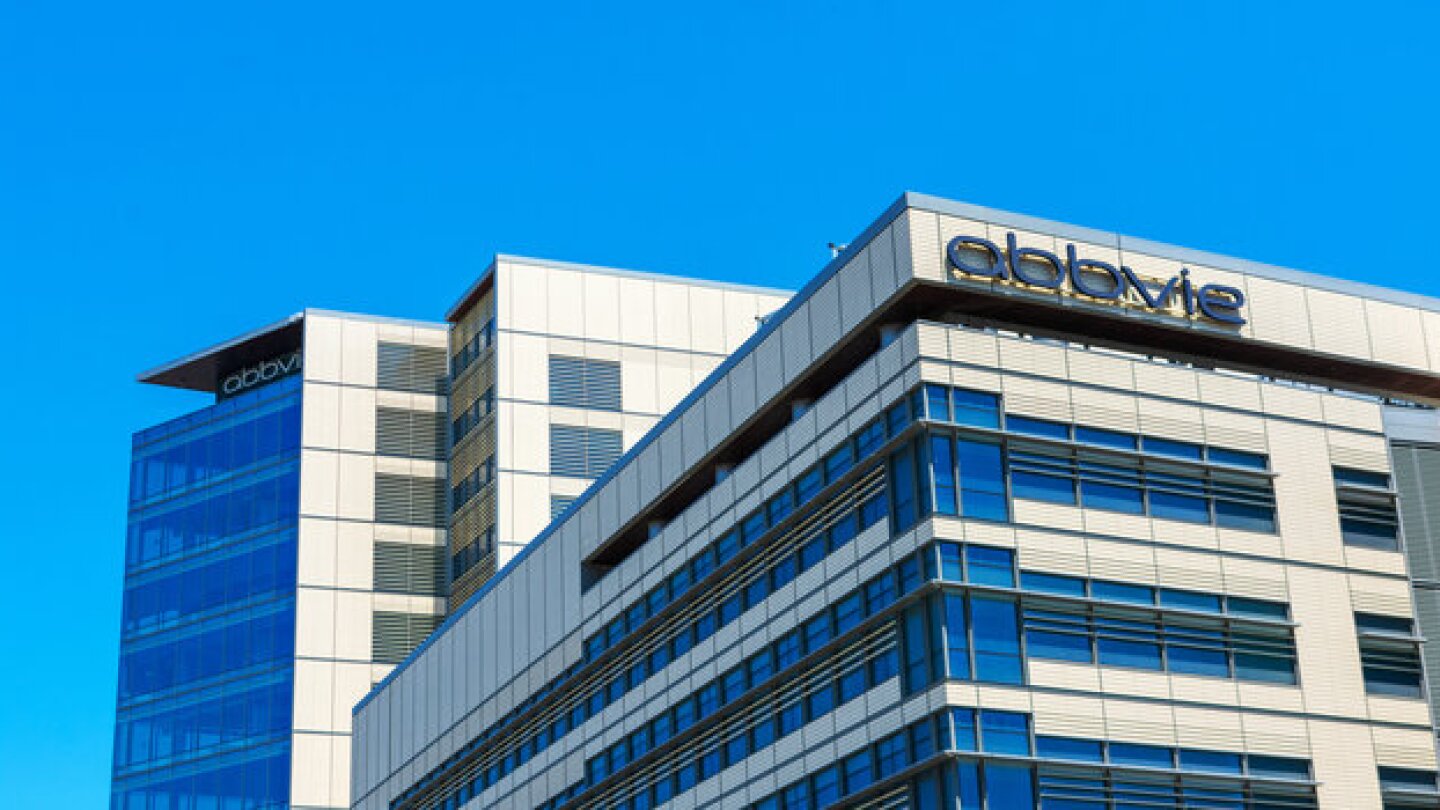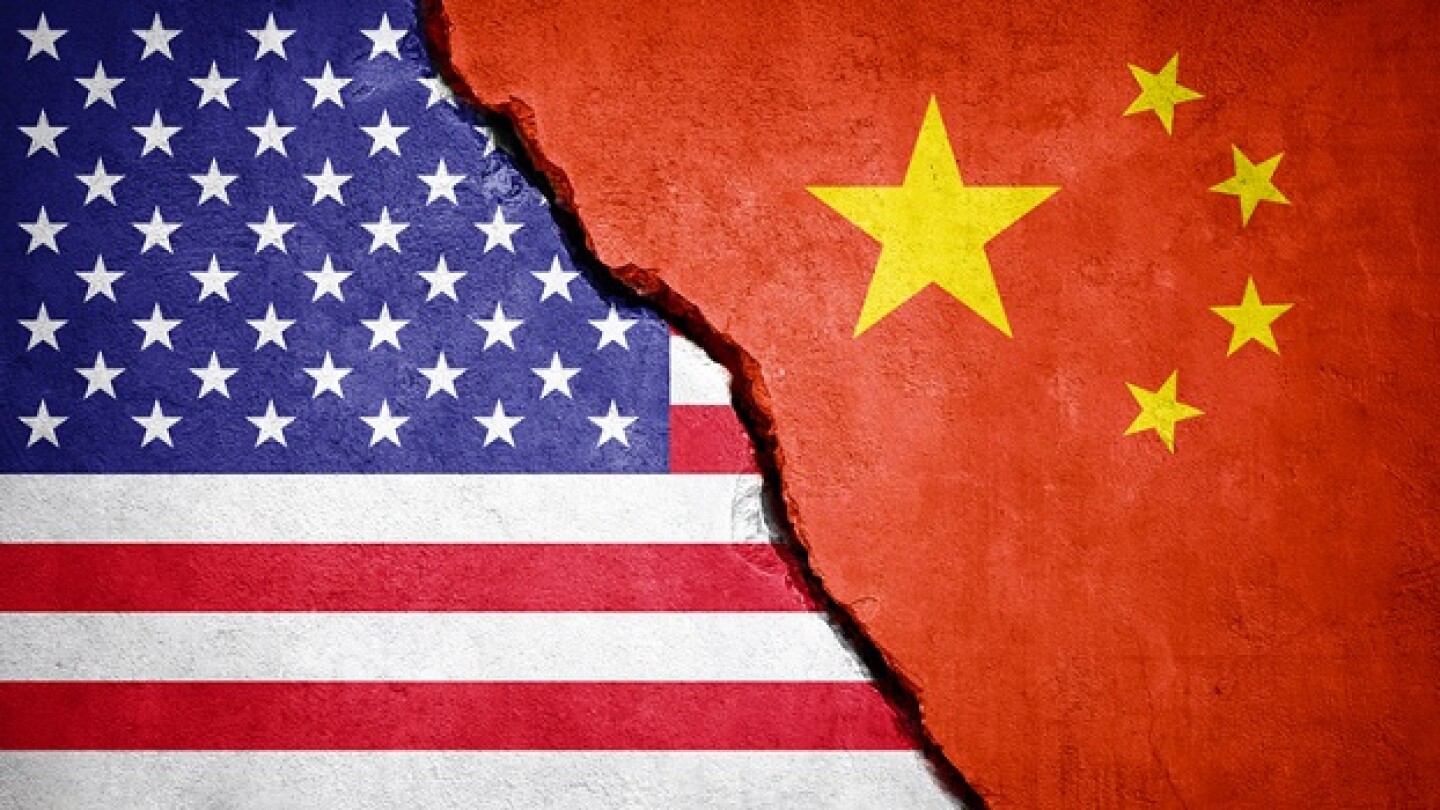News
Drug pricing criticism often fixates on a price at a single point in time but drug pricing is never static.
FEATURED STORIES
Here are five oral obesity candidates that, according to Mizuho’s Graig Suvannavejh, could change the weight loss game.
Arguably the FDA’s most anticipated decision this month is for a subcutaneous induction formulation of Biogen and Eisai’s Alzheimer’s drug Leqembi, which, according to Eisai, could “help reduce the burden on healthcare professionals and patients.”
Out-licensing drugs to multinational corporations is a natural step for Chinese biotechs, but the recent rise in deals is only scratching at the surface of partnership-ready biotechs in the region.
Job Trends
AbbVie Presents New Data Supporting Leading Gastroenterology Portfolio at 2024 Digestive Disease Week®.
FROM OUR EDITORS
Read our takes on the biggest stories happening in the industry.
Unpredictable communication and a lack of transparency are eroding the industry’s and the public’s trust. The FDA, experts agree, needs to take control of the narrative.
THE LATEST
While Eli Lilly’s orforglipron is top of mind heading into the European Association for the Study of Diabetes meeting this week, experts told BioSpace the conference will also provide important insights into the therapeutic benefits of incretin therapies beyond weight loss.
After decades without much movement, a handful of new treatments for this rare autoimmune disease are now approved, and several companies, including argenx and Regeneron, have recently released promising late-stage trial results.
On the FDA’s docket for the back half of September is Merck’s proposed subcutaneous formulation of its blockbuster cancer drug Keytruda.
The settlement agreement will extend market exclusivity for AbbVie’s JAK inhibitor in the U.S. until 2037—providing pediatric exclusivity is granted.
Ocaliva won accelerated approval for primary biliary cholangitis in 2016, which the FDA refused to upgrade to full approval last year after an advisory committee was unable to verify a favorable risk/benefit profile.
President Donald Trump is considering tariff exemptions for certain “non-patented” pharmaceuticals, though the White House has yet to release specific guidelines.
LB Pharma landed on the Nasdaq Thursday, with 3 million additional shares sold than expected.
A draft executive order obtained by The New York Times purports to clamp down on the pharmaceutical industry’s ability to buy new molecules from biotechs based in China, along with a number of other proposed reforms.
The biopharma job market remains challenging, based on BioSpace data. In August, job postings live on the website dropped 32% year over year. In addition, during the first eight months of 2025, over 26,000 people were laid off or projected to be laid off.
New York City has seen increased life sciences employment during the past decade as public funding and key projects like JLABS @ NYC have given the area a boost. A Partnership Fund for New York City executive discusses the city’s strengths and a notable challenge facing businesses.

















